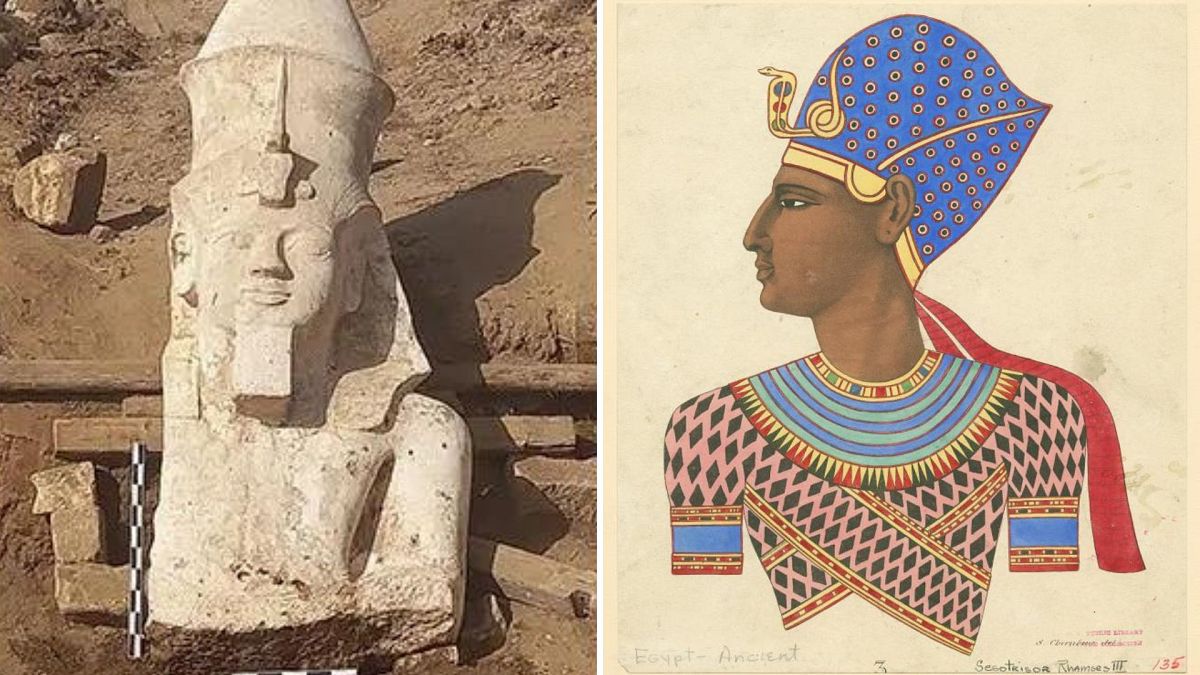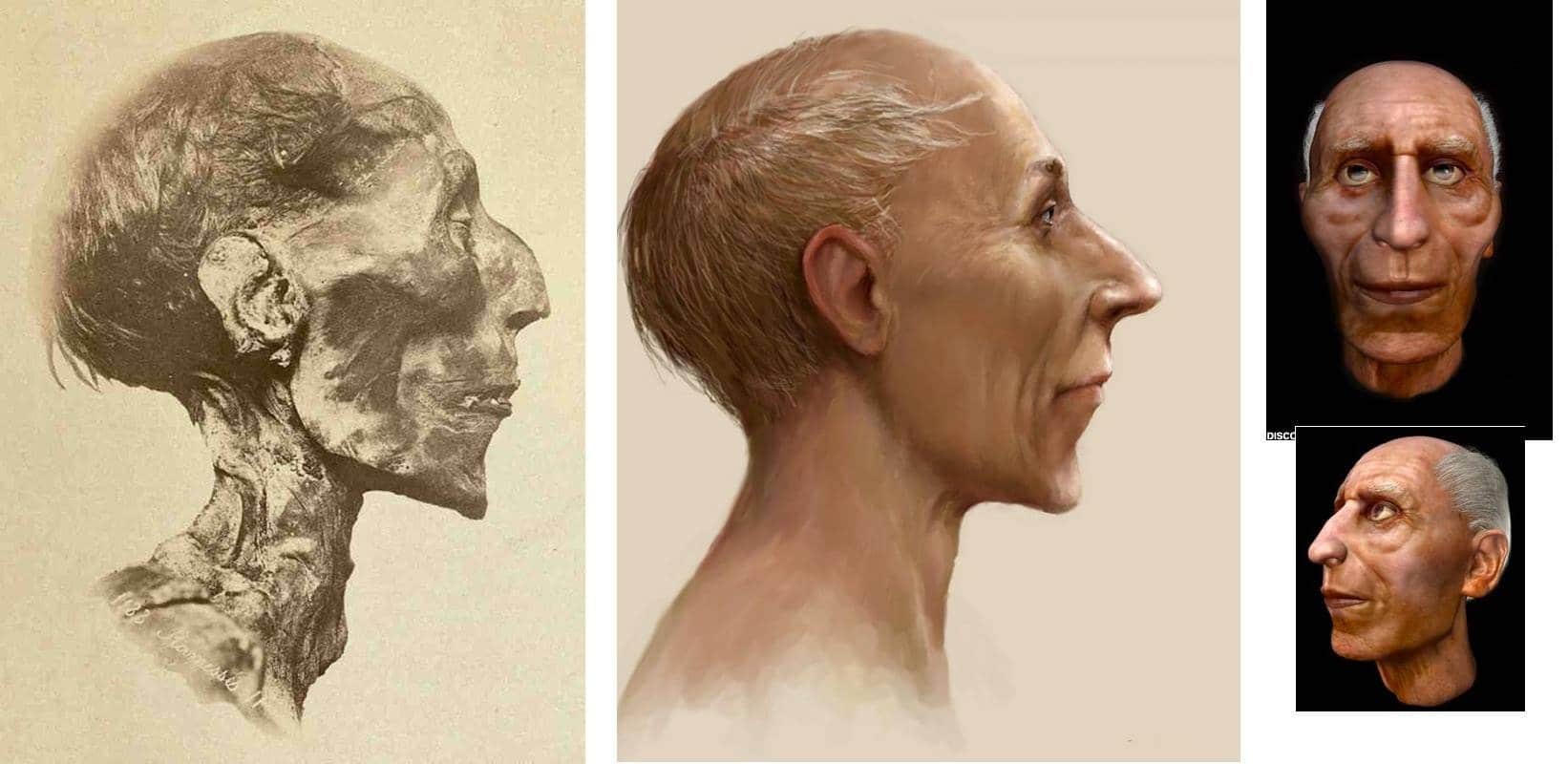Where is Ramses’s head? Whether Has that missing head been found?
Egypt’s Ministry of Tourism and Antiquities announced in a statement that it has found the missing upper half of a statue of Ramses II.© Provided by Deseret News
Egypt’s Ministry of Tourism and Antiquities announced in a statement that it has found the missing upper half of a statue of Ramses II.
It was thanks to a combined effort of both Egypt and the U.S. that allowed archaeologists to find it and discover that it was the missing half of a statue that was found in 1930.

The missing half of Ramses II
The archaeology team was originally looking for evidence of a New Kingdom-era religious complex in Ashmunein (anciently known as Hermopolis), according to Smithsonian Magazine.
It was there that archaeologists stumbled upon the 12.5-foot-tall limestone statue remains of the pharaoh Ramses II, carved with a double crown, a headdress with a cobra and hieroglyphic writings on the back, per Reuters.
It was determined that the hieroglyphs on the statue were phrases glorifying the king. According to Smithsonian Magazine, the hieroglyphs “list Ramses’ many titles, glorifying the king as ‘one of ancient Egypt’s most powerful pharaohs,’ says Bassem Jihad, head of the excavation team, in the statement, per a translation by Reuters.”
Early scans of the statue revealed that it would fit the lower half of a statue found in 1930, in the same location, by German archaeologist Gunther Roeder. When put together, the complete statue would be 23 feet tall, according to Smithsonian Magazine.

A translation of the Ministry of Tourism and Antiquities statement shares that the discovery of this statue of Ramses II signifies that the archaeological site is important.
Adel Okasha, an antiquities official who was part of the dig, told National News, “Though we have not found the complex we were initially looking for, a statue of such importance is a sign that we are digging in the right place.”
Who was Ramses II?
Ramses II lived from 1303 B.C. to 1213 B.C. and is often called Ramses the Great. His 66-year reign as pharaoh of Egypt was considered to be the greatest time of Egyptian history, according to National Geographic.
Ascending the throne at 14, Ramses II created one of the world’s earliest peace treaties and a version of it still survives at the United Nations headquarters.
Ramses II had many other accomplishments in his years as pharaoh. These include having over 100 children, creating the temple at Abu Simbel and housing over 10,000 scrolls in his funerary temple, per National Geographic.

The mummified remains of Ramses II were found in 1881 at a secret royal cache, where they had been moved from the Valley of the Kings, according to History. The remains were taken to France in 1974 to be treated for a fungal infection.
In 2023, scientists revealed a lifelike model of Ramses II’s face from his mummy, according to Newsweek. Using a process known as facial reconstruction, scientists used computer software and the bodily remains to create a model that had “less than 2 millimeters of error,” per Newsweek.

Related Post
A shocking documentary proves that mermaids do exist
SHOCKING Revelation: Thuya, Mother of Queen Tiye, Was the Grandmother of Akhenaten and Tutankhamun—What Ancient Egyptian Secrets Did She Leave Behind?
Breaking News: Astonishing Discoveries at Karahan Tepe Confirm an Extraterrestrial Civilization is Hiding on Earth, and NO ONE Knows!
Breaking News: Researchers FINALLY Discover U.S. Navy Flight 19 After 75 Years Lost in the Bermuda Triangle!
NASA’s Secret Investigation: Uncovering the Astonishing Mystery of the UFO Crash on the Mountain!
Explosive UFO Docs LEAKED: Startling Proof That Aliens Ruled Ancient Egypt!
